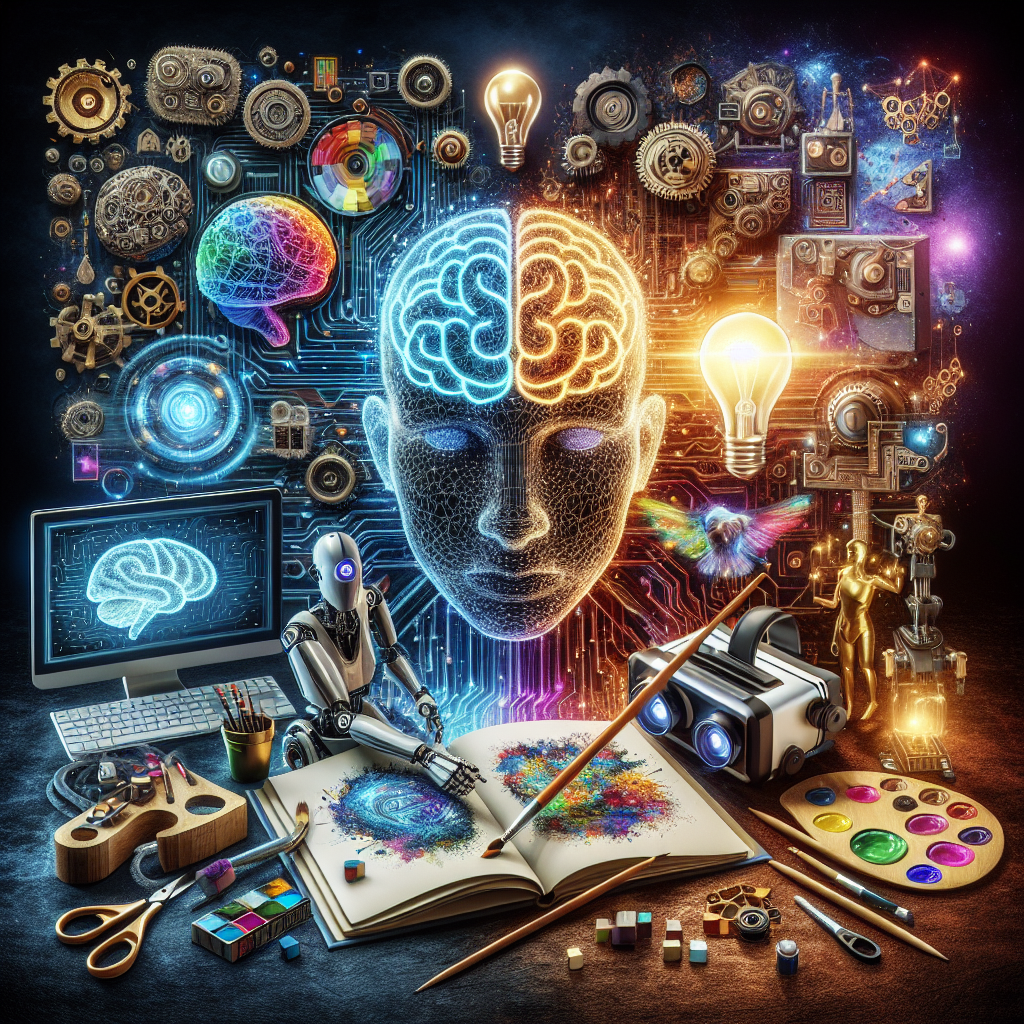Your cart is currently empty!
Artificial Intelligence and Creativity: Exploring the Intersection of Technology and Art

Artificial Intelligence (AI) has rapidly advanced in recent years, revolutionizing industries across the board. One area where AI is making significant strides is in the realm of creativity. While traditionally seen as a domain unique to human beings, AI is now being used to generate art, music, literature, and other creative works.
The intersection of technology and art has long been a topic of interest, but with the advent of AI, the boundaries between the two are becoming increasingly blurred. AI has the ability to analyze vast amounts of data, learn patterns, and generate new content that is often indistinguishable from human-created works.
One of the most well-known examples of AI in the creative realm is the use of Generative Adversarial Networks (GANs) to create art. GANs are a type of AI algorithm that pits two neural networks against each other, with one generating images or other content and the other evaluating them for authenticity. Through this process, AI can create stunning and often surreal visual art pieces that push the boundaries of traditional artistic expression.
In the music industry, AI is being used to compose original music, analyze trends in popular songs, and even generate lyrics. Companies like Amper Music and Jukedeck are using AI algorithms to compose music for commercials, films, and other media, providing a cost-effective and efficient alternative to hiring human composers.
In the realm of literature, AI is being used to generate stories, poems, and even entire novels. OpenAI’s GPT-3, for example, is a language model that can generate coherent and contextually relevant text based on a given prompt. While the quality of AI-generated writing may not yet rival that of human authors, the potential for AI to assist in the creative process is vast.
Despite the exciting possibilities that AI offers in the realm of creativity, there are also ethical and philosophical questions that arise. Can AI truly be considered creative if it is simply mimicking patterns and data it has been trained on? How do we ensure that AI-generated content respects copyright laws and intellectual property rights? And perhaps most importantly, what is the role of human creativity in a world increasingly dominated by AI?
As technology continues to evolve and AI becomes more sophisticated, the intersection of technology and art will continue to be a fascinating and complex field to explore. While AI may never replace human creativity, it certainly has the potential to enhance and expand the boundaries of what is possible in the realm of artistic expression. As we continue to navigate this new frontier, it will be crucial to consider the implications of AI on creativity and to ensure that human ingenuity remains at the forefront of artistic innovation.

Leave a Reply